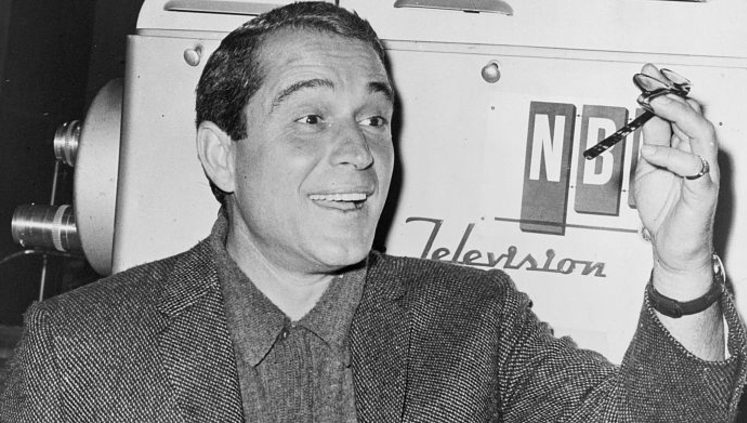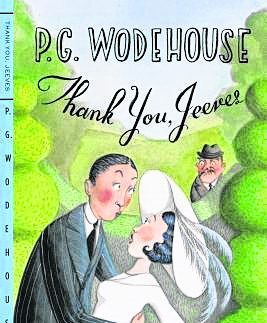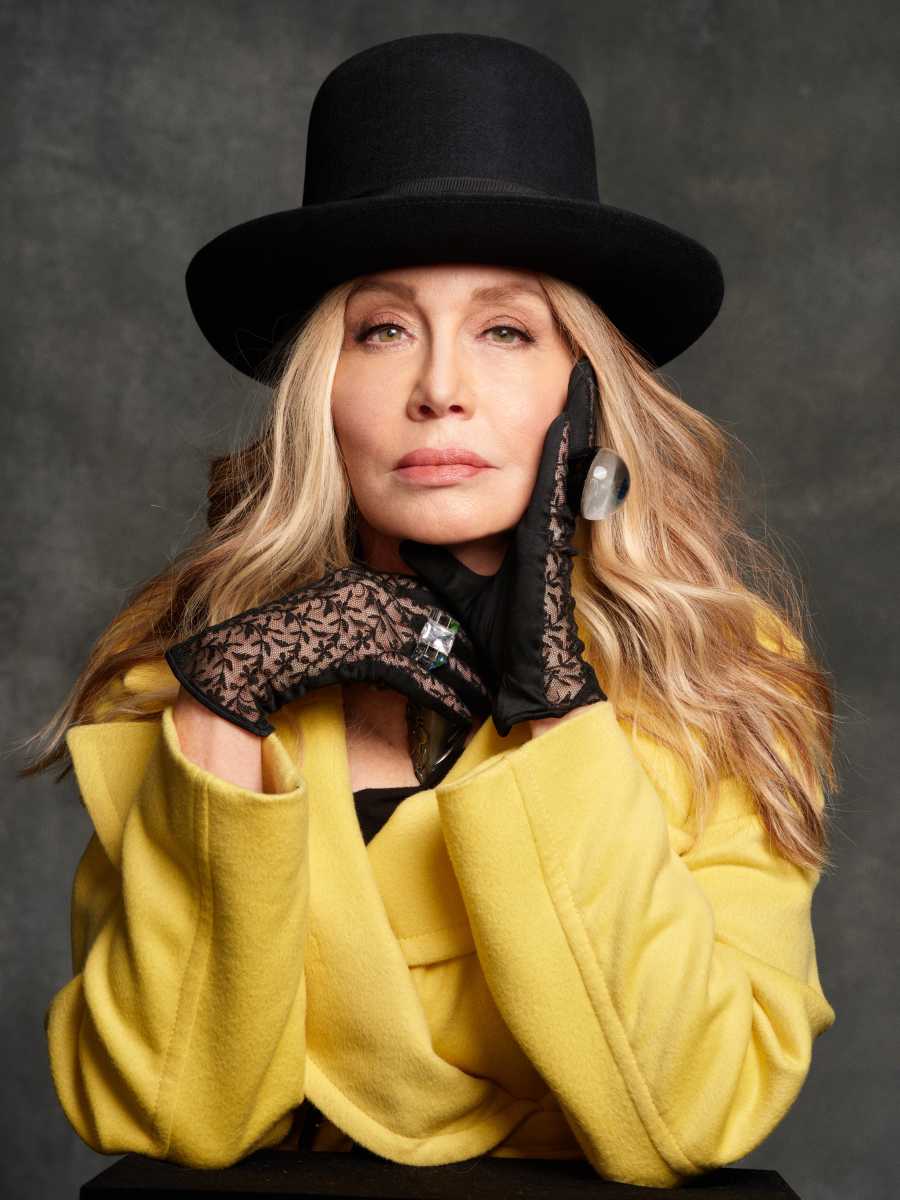What made him successful? Was it dazzling special effects? Booty-shaking dance routines? Ear-splitting guitar riffs?
No, it was the warm, relaxed manner of the man Bing Crosby dubbed “the man who invented casual.” With his soft and inviting baritone, wearing his unassuming cardigan, Perry Como characterized popular music of the 1940s and ’50s on radio and on the upstart medium of television. His easygoing style was the perfect antidote to the chaos of the World War II years, a show so popular that it racked up 15 years of awards.
His program pioneered the musical variety format, broadcast live from Manhattan in black and white, with a chorus, full orchestra, and dancers, as well as sought-after guest singers and musicians. After each broadcast, the famous yet low-key crooner would headed back from the studio to Sands Point, his beloved home for 25 years. It was his sanctuary: As he said, “The world that fussed over Perry Como never made it through the front door.”
Unlike many, he didn’t hone his craft through lessons and classes. He developed his style while working in an unrelated field — as a singing barber.
CROON AND A HAIRCUT
He was one of 13 children of Italian immigrants, born in 1912 in Canonsburg, Pennsylvania, near Pittsburgh. His father was a tin plate factory worker who loved to sing and somehow scraped together enough money to give his son Pierino Ronald Como instruction in organ and baritone horn. Young Perry learned to read music and played with Italian street bands.
By the time he was 11, he was working in a barber shop, earning 50 cents an hour and singing as he swept. He’d cut the coal miners’ hair and serenade grooms of wedding parties with romantic songs. He had his own shop by his mid-teens and figured he’d have a career as a barber. But his customers and family persuaded him to become a professional singer.
A TREMENDOUS CAREER
He quit barbering and hit the road with big bands. His wife Roselle, whom he had married after meeting at a hometown picnic in 1933, was a major supporter. By wartime 1941, Como was performing Copacabana gigs, riding the subway home to their small Long Island City apartment in the wee hours. He recalled that he wasn’t always successful: “…There were some rough times when I thought I’d quit [show] business. Roselle always stood by me.”
In 1943, RCA Victor Records signed him to what would become a 50-year contract. His first hit record, “Long Ago and Far Away,” a radio series, and a string of million-selling recordings followed; he even beat Frank Sinatra to be named second in Billboard magazine’s annual poll. Disc jockeys called him “Mr. Jukebox.”
He perfected ballads like “Till the End of Time” and “It’s Impossible.” The New York Times’ television critic John J. O’Connor compared his personality “to a marvelous hot toddy on a cold and blustery evening.” But audiences also loved his novelty hits like “Hot Diggity,” and “Papa Loves Mambo.”
Como made his television debut in 1948 on The Chesterfield Supper Club, sponsored by the tobacco company. By 1950, the highest-rated shows were variety programs like Ed Sullivan’s Toast of the Town. The Perry Como Show and Perry Como’s Kraft Music Hall cemented Como’s popularity, despite the runaway success of rock ’n’ roll in the 1950s.
Yet he remained humble, once saying, “For the amount of talent I had — and I couldn’t dance, act, or tell a joke — I enjoyed a tremendous career.”
HOME PORT
In 1946, the Comos and their children settled in Sands Point near Port Washington on Long Island’s North Shore. He was active at Our Lady of Fatima Roman Catholic Church, supported St. Francis Hospital in Roslyn, shopped in Port stores, headlined a free high school concert, and drove his gray Caddy, license plate number PC-42, around town. In 1962 his show broadcast live from the Sands Point Golf Club with legends Jack Nicklaus, Arnold Palmer, and Gary Player golfing for the cameras.
In the 1970s the Comos moved to Florida, but he maintained a Great Neck office and visited LI often. His 1976 Westbury Music Fair concert at age 64 drew high praise from John Wilson, a former New York Times jazz and pop-music critic: “Although his movements consist of little more than an occasional hand gesture or a subtle rhythmic switching of a foot, he conveys a sense of vitality and involvement merely though the glimmer in his eyes and a little lifting quirk in his smile.”
The people of Port never forgot their approachable neighbor. After his passing at age 88 in 2001, Main Street was renamed “Perry Como Avenue” during Pride in Port week.



































